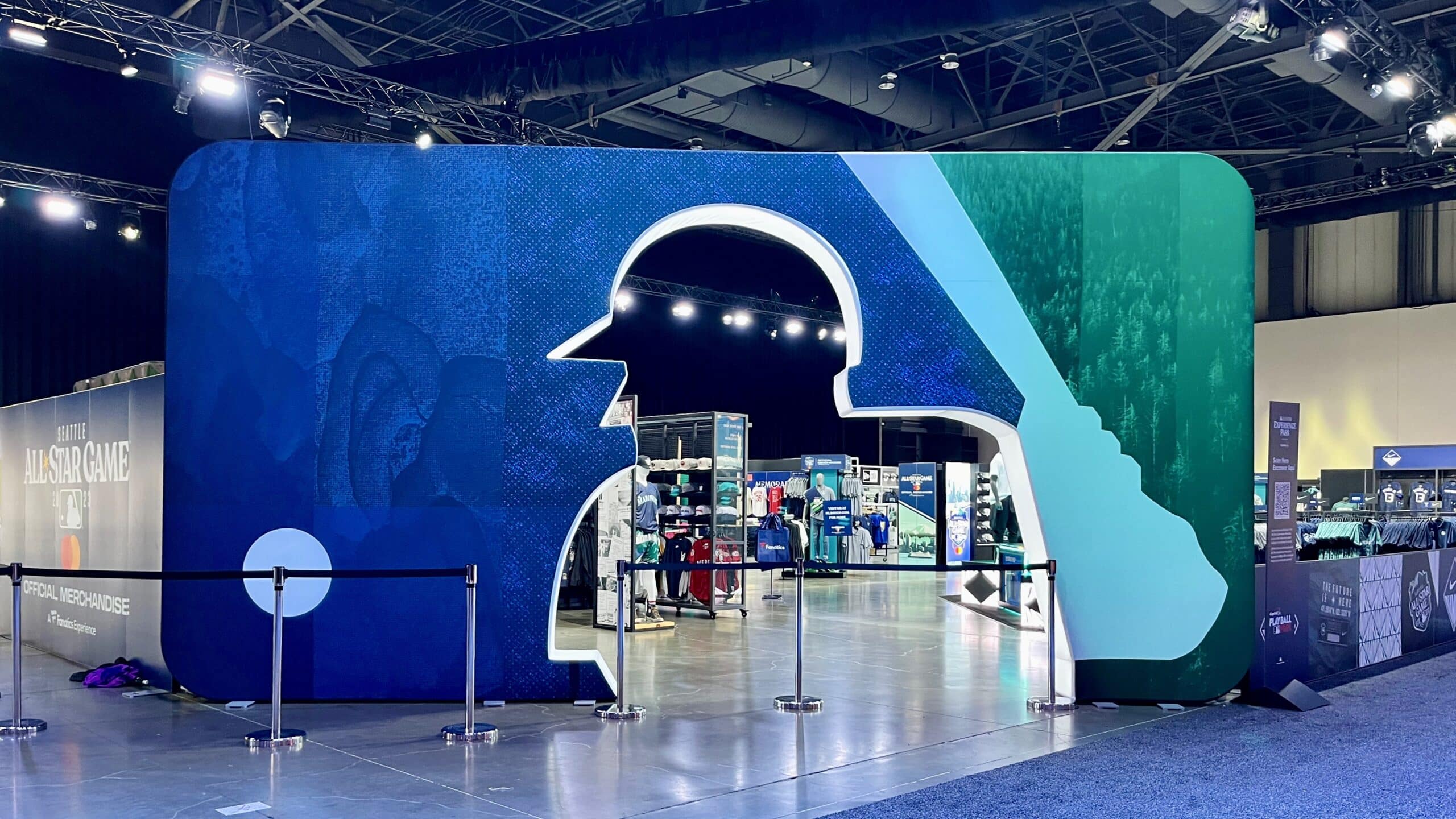[ad_1]

During a power outage, we might not think of using the sun as a backup generator. But solar energy is playing a key role in keeping the lights on when the power is knocked out.
Due to extreme weather events like floods, storms and wildfires, widespread power outages are increasing in number and intensity. While connected to the larger U.S. electric grid, smaller microgrids that draw on local energy sources like solar panels can also disconnect from the grid and operate independently to keep the power going.
Because the sun is not always shining, the question remains: How long can solar-powered microgrids keep power flowing? Scientists at the U.S. Department of Energy’s (DOE) Argonne National Laboratory have designed a novel building-solar controller that optimizes solar energy with smart technology to keep microgrids operating for up to five days. The Argonne project was funded by the DOE Solar Energy Technologies Office to advance research in solar energy technologies.
Utility companies can restore most power outages within 7–10 days of a natural disaster. But a five-day power supply is a reasonable threshold to allow isolated microgrids to provide power during most outages, said principal investigator, Bo Chen, an Argonne computational scientist.
“Our goal was to improve grid resilience—or reduce outage duration and restore power supply as soon as possible—by leveraging solar energy and buildings,” said co-principal investigator Jianzhe Liu, an Argonne energy system scientist. “The increasing risks and power losses caused by natural disasters led the Solar Energy Technologies Office to solicit grid integration technologies that keep power going for five days isolated from the main grid.”
Microgrids come in a variety of sizes and can generate enough power for a few homes or an entire community. The grids offer the opportunity to use more zero-emission electricity sources which reduces greenhouse gas emissions.
As technology gets smarter, the buildings themselves can essentially be transformed into microgrids, or grid-interactive efficient buildings. These buildings use smart controls, sensors and analytics to communicate with the electrical grid.
Argonne’s novel building-solar controller is an algorithm and framework that coordinates multiple grid-interactive buildings, solar energy and other energy resources in one integrated network. “Multiple building microgrids enhance the efficiency and resiliency of electric grids. Various types of buildings can adopt the framework if the building’s resources can be remotely monitored and controlled,” Liu said.
While solar power is environmentally friendly, the renewable energy source is dependent on weather and is not available continuously. To ensure a consistent, reliable energy supply for five days, the Argonne team relied on an energy storage system that captures energy for later use.
“Energy storage works as a buffer that absorbs power when there is a surplus and releases power when there is a deficit,” said Chen. “In this way, we can continuously balance electricity supply and demand to ensure a reliable power supply.”
Argonne worked with public and private partners including utilities and educational and research centers on the three-year project completed in late 2021.
The team successfully tested the framework in a real-world microgrid at the Illinois Institute of Technology (IIT) in Chicago. The demonstration was led by Mohammad Shahidehpour, the IIT Carl Bodine Distinguished Professor and chairman of the Electrical and Computer Engineering Department, and Zuyi Li, IIT professor of Electrical and Computer Engineering and associate director of the Robert W. Galvin Center for Electricity Innovation.
The team applied the framework to the real-world microgrid on the IIT campus. Chen said the team demonstrated in real time how solar, wind, energy storage and variable power loads keep the lights on in various power outage scenarios.
“Another key takeaway is that our field testing demonstrated that the buildings can be coordinated to support grid operation under various power outage conditions that might occur in the real world,” Chen said.
A single building microgrid is limited by capacity, response speed and other factors. The team showed that multiple building microgrids can complement each other to expand grid service capability and restore power more quickly.
The framework is primarily targeted for use by utility companies, which can directly embed the framework into their control centers. Private vendors can also incorporate the flexible network into existing products. Still in the early stages, the framework will eventually be available in a free, open-source format. As extreme weather events ratchet up and power outages continue, the Argonne framework will play a valuable role in ensuring continuous power flow.
“A safe, reliable and resilient distribution system is urgently needed to modernize the electric grid and ensure operational continuity,” Liu said.
Floods left thousands without power. Microgrids could help communities weather the next disaster
Citation:
Technology enhances solar option during outages (2022, April 4)
retrieved 7 April 2022
from https://techxplore.com/news/2022-04-technology-solar-option-outages.html
This document is subject to copyright. Apart from any fair dealing for the purpose of private study or research, no
part may be reproduced without the written permission. The content is provided for information purposes only.
[ad_2]
Source link






